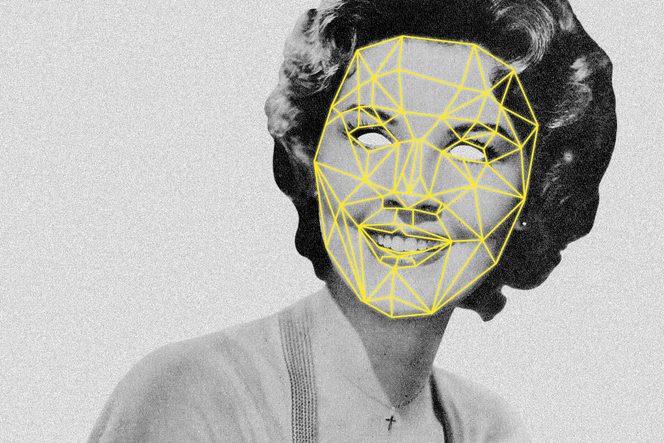


History of a notion. Pornographic images featuring American singer Taylor Swift, generated entirely by artificial intelligence (AI), flooded the social media network X in January. Should they be called deepfakes? Le Monde raised the question, and while most of the press continued to use the word in question, a few publications carefully avoided it, like the notable tech-focused American site The Verge. To understand this question, we need to go back to the term's very recent origins.
In late 2017, the public was aghast to discover a series of pornographic videos in where celebrities' faces had replaced those of porn actresses. It was a Reddit forum user who was making them, using an AI program. He called himself "Deepfakes," and used it to name the thread where he posted his creations. A word was born and was quickly adopted. In addition to being catchy, it was also quite telling. It referred both to the use of AI ("deep," for deep learning) and manipulation ("fake").
Deepfakes spread across the Internet for pornographic or parodic purposes. Aural deepfakes emerged, replacing one voice with another. The two combined to make it possible for anyone to say anything. Concern was growing. What if deepfakes, already widely used to harm women, were also being exploited for political manipulation?
Back to 2024. In this election year, AI is at the center of attention, especially given that over the past two years, a small revolution has taken place in this field. Programs such as Midjourney and Dall-E enable anyone to generate a realistic image from a simple written instruction, with just one click. Taylor Swift, like many others, has paid the price.
But are they deepfakes? It's no longer a question of copying a face onto pre-existing content, but of creating a new image from scratch. "For me, there's no fundamental difference," said AI researcher Jean-Gabriel Ganascia, professor at Sorbonne Université and former president of the French National Centre for Scientific Research (CNRS) ethics committee. "After all, these images are generated from pre-existing elements." Indeed, the learning model had to "train" on numerous photos of Taylor Swift, along with pornographic images, to be able to generate this new content.
However, what does or does not constitute a deepfake remains murky. This ambiguity is evidenced by the term "videotox," which the Commission for the Enrichment of the French Language proposed as a translation. This poses a twofold problem. First, by imposing the notion of video, it excludes the images of Taylor Swift, which are static, and audio files. Secondly, it contains the notion of "infox," defined as "misleading or deliberately biased information". Does a parody deepfake of Emmanuel Macron singing "C'est la mère Michel" fall into this category?
You have 45.77% of this article left to read. The rest is for subscribers only.
